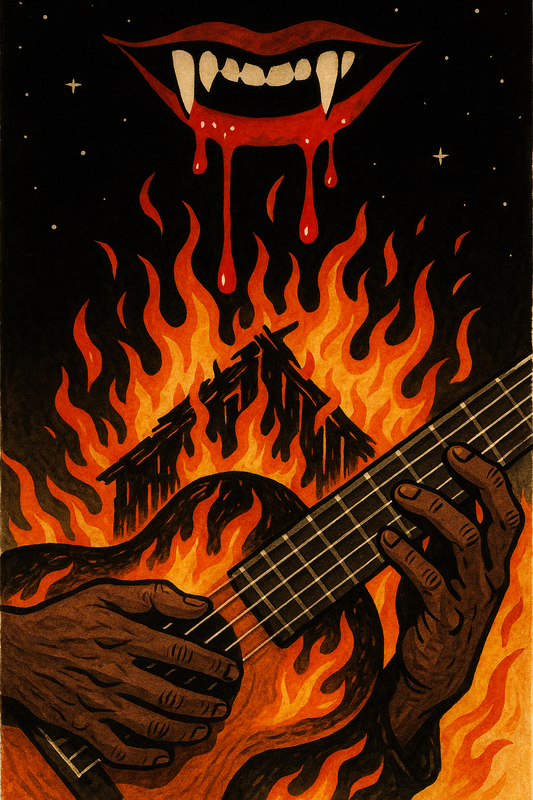
Ryan Coogler’s Sinners (2025) will be a future classic. Sinners will have traction in many film and postcolonial theory classes. It delves into the racial divide in American history and blends that with musical ethnology and cultural studies.
But Sinners is not just catnip for academics; it is a thrill of a ride for casual moviegoers. You have to have the patience for it.
The movie starts quite slowly to establish the characters, their relations to each other, and their relations with the land. Michael B. Jordan portrays twins named Smoke and Stack. They are World War I veterans and were henchmen for Al Capone in Chicago. They decided to go home to their county in Mississippi, which was under the notorious racist and segregationist Jim Crow South. This is the time and place when lynching Black people is as ordinary as it is frequent. Nonetheless, the cousins decided to go back to establish a juke joint. They hire their cousin (portrayed by first-time actor Miles Caton with such an eerie effect), who is an exemplary musician.
Special mention goes to Filipino-American Hailee Steinfeld, whose racial ambiguity is a fascinating touchpoint amidst the drawn color lines at that time.
The establishment already targets Black men. Vampires now target them. It is a vampire film, but it is decidedly entrenched in American blues, American vernacular music, and dance. This one scene (no spoilers) exemplified burning down the house when American music becomes web-like when they are enmeshed with each other, rather than a bland linear historical progression. This means that the influences and inspirations are on one dance floor. It is the type of film that gets my critical thinking going. I thought it was an extraordinary point of view to blend “music from below” with monsters from outside.
I recall circular folk dances that are present in Western Africa as well as the Irish Isles. You have to remember that these cultures are diasporic, brought to the U.S. by force: the Africans through chattel slavery, and from Ireland, from the potato famine, and through exploitative labor as well. One scene I found so hypnotic was when one character was singing and dancing an Irish jig as they were swirled by monstrous bodies fixed in a trance. The basic premise is that of the hypnotic attraction of music, like a la Pied Piper, but there is an attendant and adjacent monstrosity to such musical talents.
Even though the movie is set after WWI in the deep South of Alabama, the thematic approaches are very much present in today’s America, when Diversity-Equity-Inclusion (DEI) has been demonized. What is an aberrant body? What does it sound like? The music sequences in the movie alone are worth the ticket price.
This is so worth watching on the big screen. Also, stick around for the mid-credits and even the after-credits. After all, Ryan Coogler directed one of the best Marvel Cinematic Universe films of all time: Black Panther.
You may reach Chong Ardivilla at kartunistatonto@gmail.com or chonggo.bsky.social









